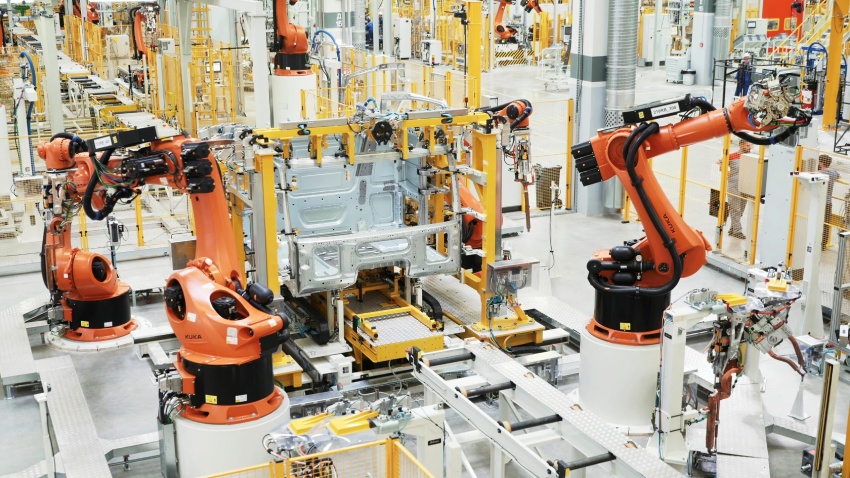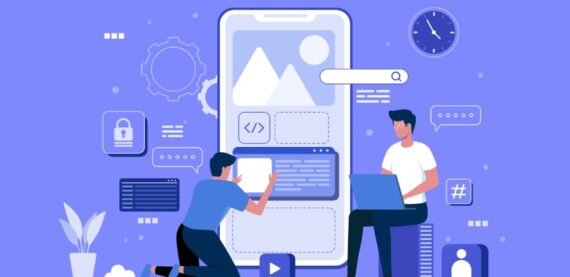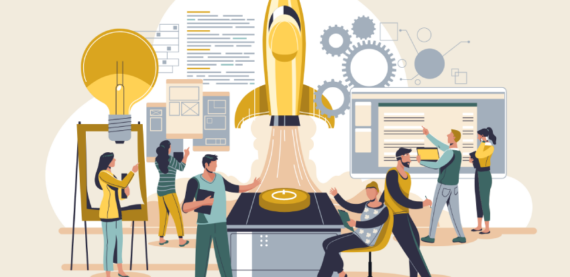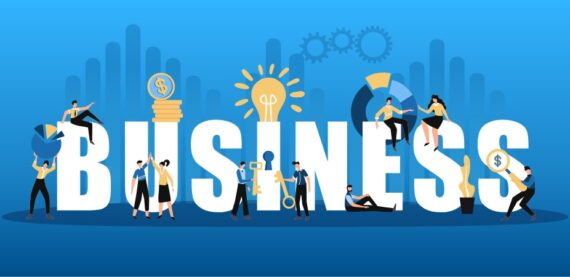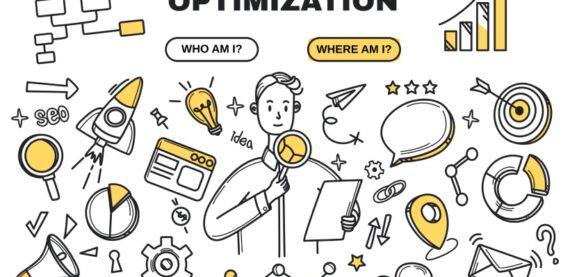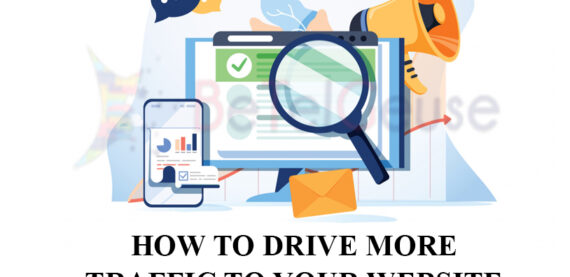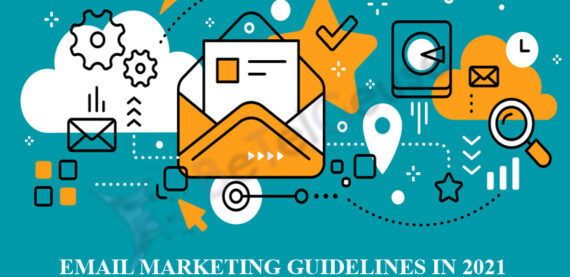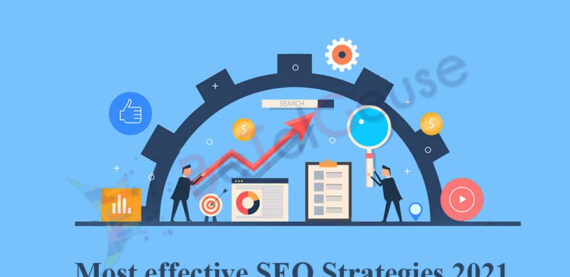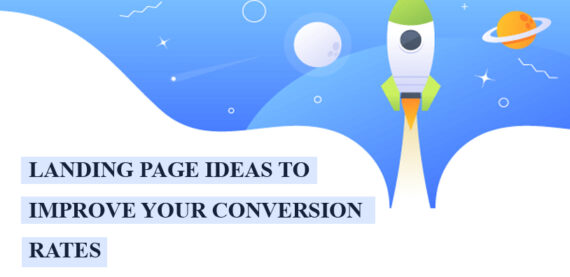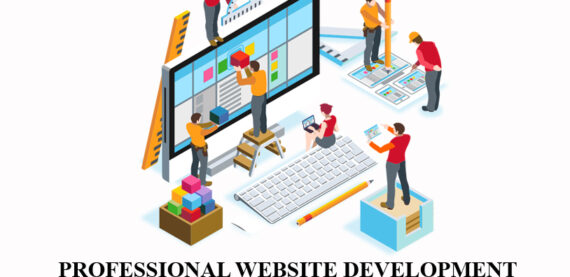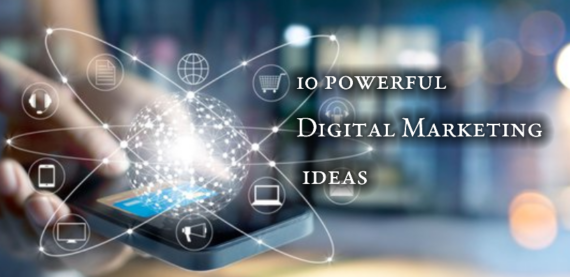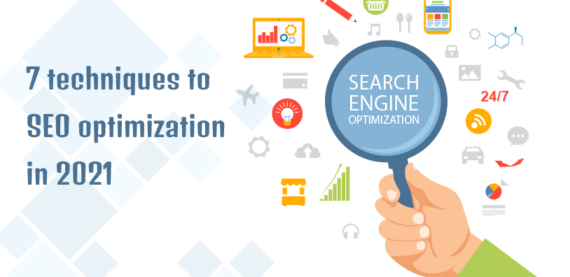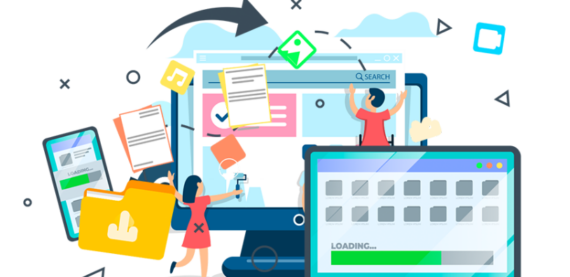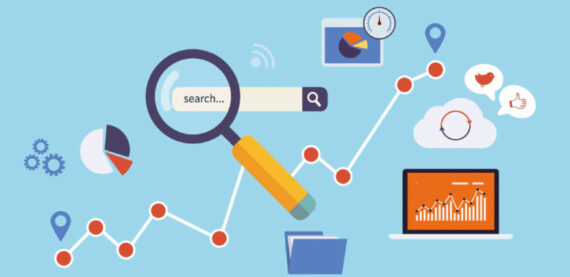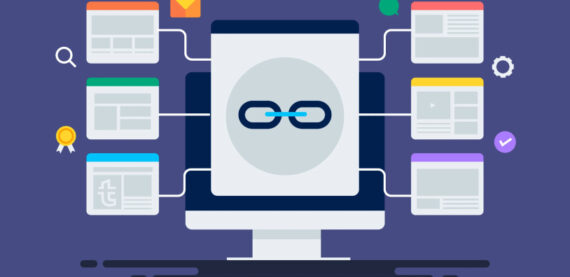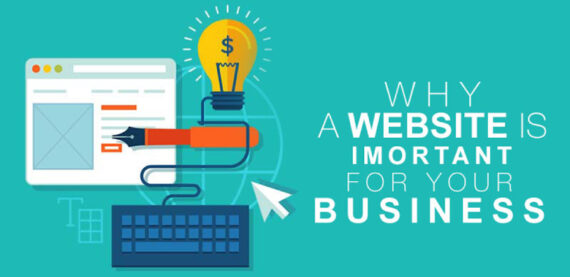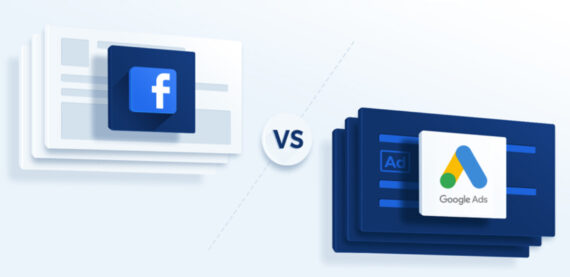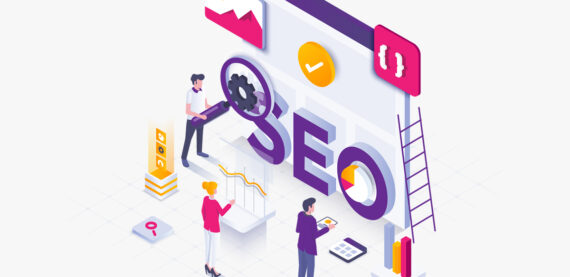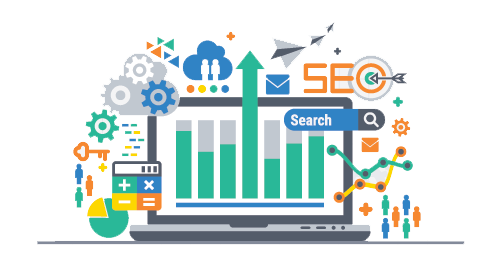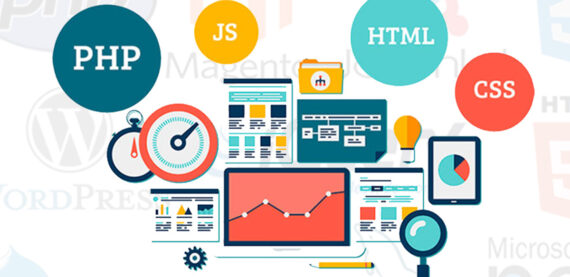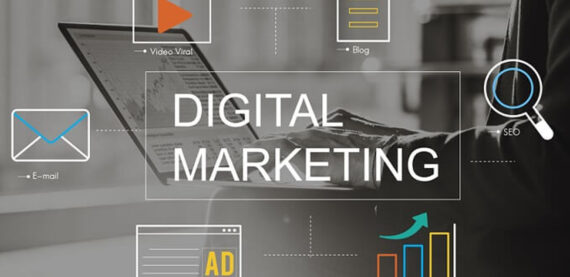In today’s fast-paced technological landscape, businesses need to stay abreast of the latest advancements in software development to remain competitive and meet evolving customer expectations. From artificial intelligence and machine learning to blockchain and edge computing, there is a wide range of cutting-edge technologies shaping the software development industry. In this guide, we will explore the latest technologies in software development and discuss their potential applications and benefits for businesses. By understanding these technologies, businesses can make informed decisions about incorporating them into their software projects and harness their potential for growth and innovation.
Artificial Intelligence
Artificial Intelligence, also known as AI, is one of the leading emerging technologies in 2023. AI constantly evolves, and newer applications for this technology continue to emerge. Today’s most popular AI applications are image, speech recognition, navigation programs, and voice assistants like Siri and Alexa. It analyses customer and business interactions to derive insights and identify triggers through AI. Services such as hospitals or tourism are in great demand and aid in resource allocation for various projects.
Internet of Things (IoT)
IoT is one of the emerging technologies. All devices you say today are Wi-Fi-enabled to be connected to the internet. Devices communicate with each other, collect data and transfer it across the network without human intervention.
You can track logs using smart devices that connect to your phone, switching applications on and off, remotely monitoring home doors etc. IoT helps businesses for monitoring activity in remote locations from a central hub. In case of any malfunctioning corrective measures can be taken.
Blockchain
Blockchain is Popularised in the context of Bitcoin, cryptocurrency, and the security it provides. However, it offers security that can be useful in several other ways. Blockchain can be defined as data that you can only add to, not take away or alter. Many data sections form a ‘chain,’ hence the name Blockchain.
The fact that existing data cannot be altered or removed makes Blockchain a highly secure technology. Blockchains are consensus-driven, which means no single person or organization can take control of the data. There is no need for a third party to oversee transactions.
As more industries adopt and implement blockchains, the demand for skilled blockchain developers has also increased. It requires hands-on experience in programming languages, basic knowledge of OOPS, flat and relational databases, data structures, networking, and web application development.
Increased emphasis on UI/UX
The increased dependency on digital services and experience has spotlighted user interfaces and user experience.
Traditionally, most software developments prioritized the application logic and backend services without considering UI or UX. This has changed rapidly, driven by increased demand for user-friendly and novel user experiences. In this way, UI/UX will come to the forefront of the software development process and might even lead to situations where UI/UX determines how application logic is implemented.
Augmented reality, virtual reality & mixed reality
While AR, VR, and MR have stagnated in recent years, reality shows constant progress in all three technologies.
Augmented reality (AR)
Augmented reality can be the most widely used technology as it has applications across most industries, from eCommerce to changing how users shop to navigation with AR-powered GPS apps.
AR can become a core user experience with increasing reliance on digital technologies. All this equates to software developments targeted at AR. Furthermore, AR development quickly gains momentum with tools like ARCore and ARKit from Google and Apple.
Virtual reality (VR)
When thinking of VR, gaming immediately comes to our mind because of its extensive use case. VR offers an unparalleled user experience diving you into virtual worlds from a first-person perspective. You can explore a distant planet now and, in the next second, the deepest channel in the ocean, all in the comfort of your home.
However, most of us forget that VR has applications far beyond gaming—applications that can change education and other entertainment sectors. Students can get hands-on experience in a virtual world and even watch VR-based movies. Virtual reality-based software developments will be widespread thanks to two new developments:
- Dedicated tools like Amazon Sumerian and Google VR
- Lower VR hardware costs
Mixed reality (MR)
MR bridges reality and digital worlds—the platform bends the digital with the physical. Mixed reality can fundamentally change how we interact with the physical world.
Companies like Microsoft backing MR with products like HoloLens have laid the groundwork for MR becoming the next big thing.
Edge Computing
User information is collected from millions of data points sources such as websites, social media, emails, and web searches. Technologies like cloud computing fall short as data collection increases exponentially.
Cloud Computing was at its peak and was one of the fastest-growing technologies.
It has become relatively mainstream, like the Google Cloud platform, Amazon Web Services (AWS), and Microsoft Azure.
Organizations adopted Cloud Computing, and they found several limitations. Edge Computing helps to bypass the latency and helps to get data into a data center for processing. Edge Computing processes time-sensitive data in far-off locations with limited or no connectivity.
Robotic Process Automation (RPA)
Robotic Process Automation (RPA) uses multiple software and applications to automate business processes such as data collection and analysis, customer service, and other repetitive tasks managed previously through manual processes.
Like AI and Machine Learning, RPA is a rapidly advancing future technology that automates many jobs across different industries.
This RPA leads to several career options, such as a programmer, project manager, business analyst, or consultant. This opens the door to high paid jobs in leading organizations.
Final Thoughts
The world of technology evolves rapidly, and trends change quickly. For a successful career, staying on top of these trends as an IT professional would be best. What’s more, if you are looking for one area of expertise to direct your career toward, understanding how these emerging technologies work, together and by themselves, will give you an edge over the other applicants applying for the same job.
The most significant pro and con of living in a fast-changing world is that you must keep yourself updated and learn for life to stay relevant. Upskilling and growing have become exponentially more rewarding as the demand and remuneration for such professionals are skyrocketing.

